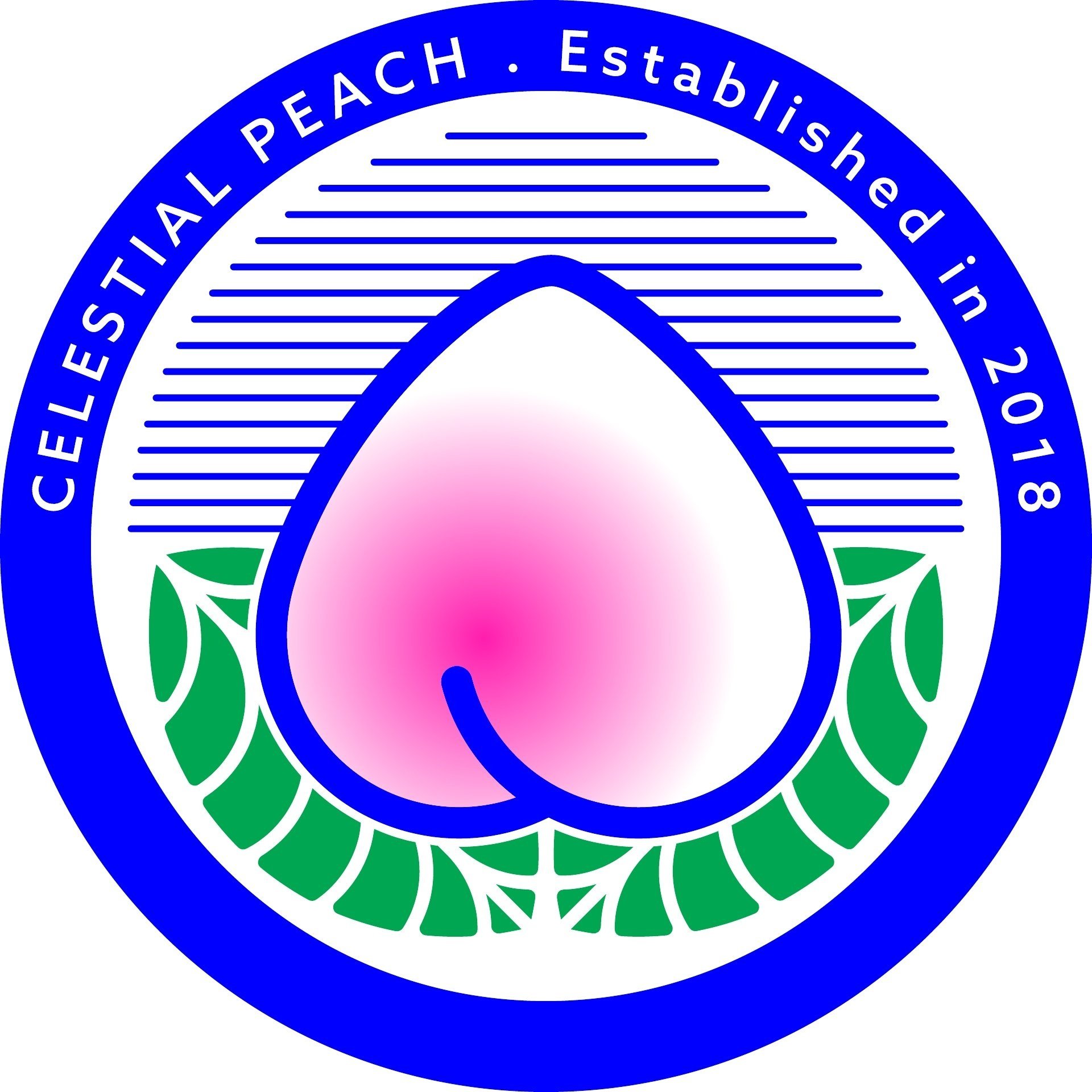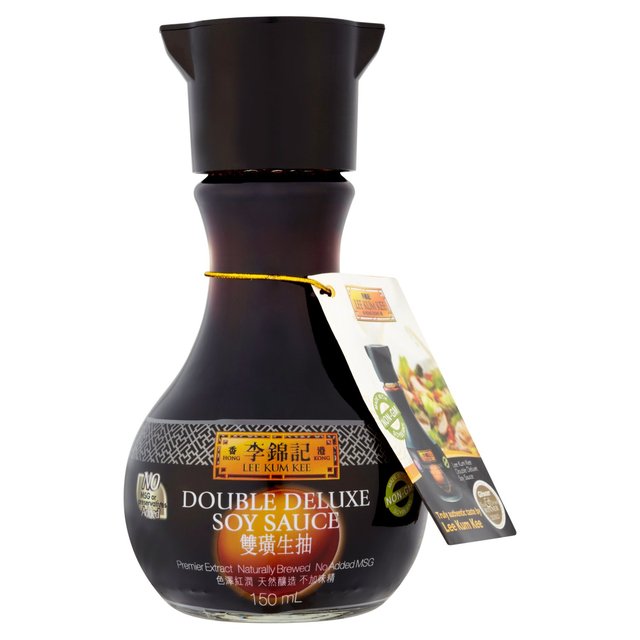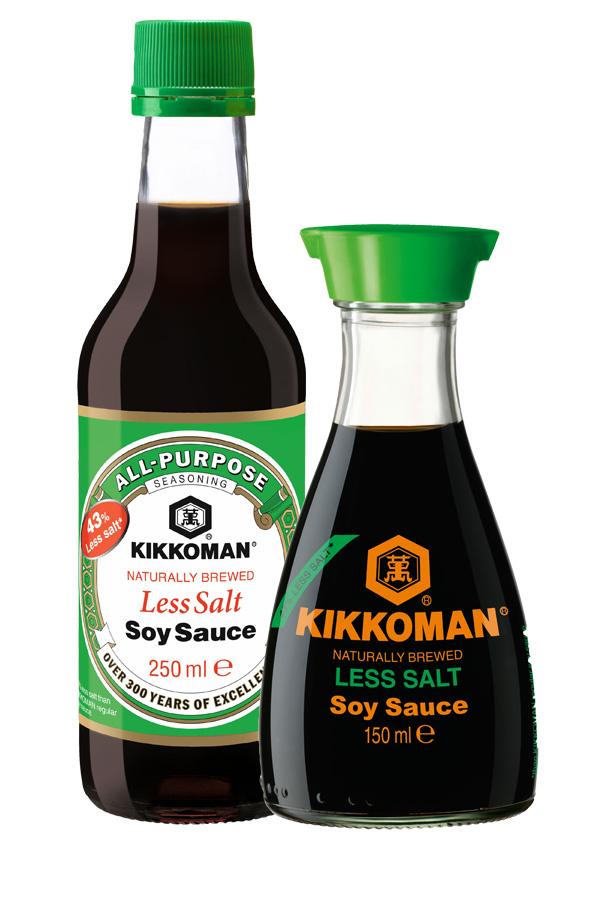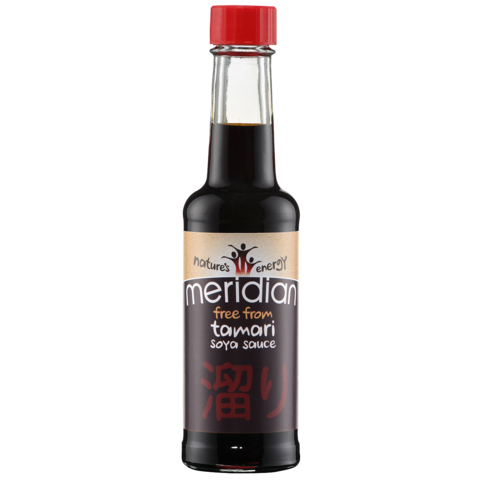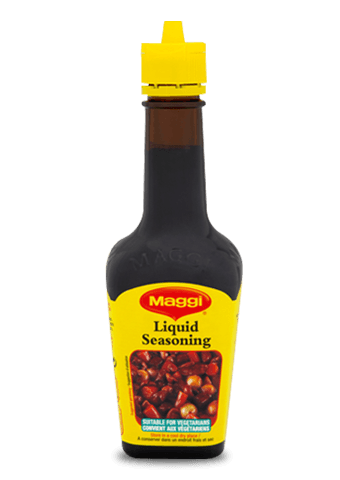Chinese Vegan Guide to Soy Sauce
Soy.
Yes, we've all heard of the humble soy sauce. It’s been around for over 2,000 years. Simply consisting of soybeans, water and salt that have been left to brew and ferment, it is most definitely a vegan-friendly product. Originating in China, soy sauce made its way all around the Far and South East — from the Philippines to Korea — where it has evolved into many regional variations.
But do you know how to choose your soy sauce? While many of us may not give a second thought to which bottle of soy sauce we pick off the shelf, there are mind-boggling variations in what's available, from different production methods and brands to country of origin. Here’s a simple breakdown for people who don’t have time. Chinese and Japanese commercial brands of soy sauce are most commonly available. You may be familiar with well known brands such as Kikkoman or Lee Kum Kee, which are reputable names to start with when choosing your soy sauce.
Typically you might see these words on labels in the UK:
Dark soy: brewed for longer and therefore fuller bodied. As a rule, add before cooking. Use primarily in marinades or sauces, heating enhances its flavour.
Light soy: sweeter and saltier. Add towards the end of cooking or on a finished meal. Use unless a recipe calls specifically for dark soy sauce.
Shoyu: a confusingly interchangeable term for Japanese soy sauce brewed with wheat. For a breakdown on the various types of shoyu available in Japan, read the link at the bottom of this article.
Tamari: Japanese soy brewed without wheat.
Benefits
High in glutamic acids (natural umami or savoury taste)
Low in calories
High in antioxidants (dark soy has 10x more than red wine!)
Tips
Japanese soy sauce tends to be sweeter, while Chinese tends to be saltier and fuller-bodied.
Choose labels that say fermented or naturally brewed (rather than chemically produced). Never buy anything that has added colourings or flavours.
For the health conscious, look for lower sodium/salt and sugar free versions.
Follow a gluten free diet? Choose tamari, the Japanese version of soy sauce made without wheat (make sure the label indicates no trace of wheat).
For the budding soy sauce enthusiast, I recommend starting out with a high quality all-purpose such as Lee Kum Kee’s Double Deluxe Soy Sauce.
Healthy vegan recipes
Don’t buy ready made sauces, which can be loaded with refined sugar and other additives! Soy sauce is a cheap and versatile base for many East Asian and even Western style dressings and sauces. Here are some links to easy recipes to master:
Basic teriyaki sauce (justonecookbook.com)
Soy vinaigrette dressing (thespruceeats.com)
Soy and honey marinade (kikkoman.eu)
Tangy soy dipping sauce, perfect for dumplings or spring and summer rolls (splendidtable.org)
Further reading
If you really want to nerd out on the different types of Asian soy sauce available check out this guide by malafood.com
Debunking the MSG myth - how MSG got a bad rap (hint: flawed science and xenophobia) (fivethirtyeight.com)
Eight types of Japanese shoyu (welovejapanesefood.com)
